Music fans are a high-maintenance bunch. They have certain expectations when it comes to live music festivals. And who can blame them? With an average ticket price running several hundred bucks – on top of food, lodging, merchandise and transportation – they expect to get their monies worth. Event companies have their work cut out for them.
Not only is the festival business continuing to explode – creating more and more competition among the various festivals and event companies themselves – but fans have come to expect extremely high production values. Event companies can’t exactly cut corners or scale back. The bar has already been set, and it’s been set high. Fans expect great lighting displays, staging and video elements. Maybe even some pyrotechnics. They want a multi-channel video stream so they can see all the action on all the stages at all times. And for the down times in between sets, guest amenities are continuing to grow in popularity. Some festivals are offering yoga tents, cycling classes and 360-degree photo booths.
So what’s next? As festivals continue to grow in size and complexity, where do we go from here? Here are some thoughts on what might be in store for the festival business.
https://www.youtube.com/watch?v=8lThkYiMikU
An increase in hybrid live music festivals.
As the major festivals start to announce their lineups for 2016, you’ll notice a lot of overlap among the artists – the same bands playing different festivals. If the talent is the same across multiple festivals, how do promoters and event companies attract new audiences in a saturated market? I think we’ll continue to see an increase in “hybrid” festivals – live events that are multi-faceted. Events that focus on music AND tech. Or music AND food. Or music AND fashion. We already know that music fans are like locusts. So if you can combine that rabid fan base with a new target audience – one who maybe likes live music, but needs a little extra nudge to justify a $500 ticket – it’ll go a long way.
More streaming platforms and online music festival platforms.
Second screening has impacted the festival business in a big way. Festival-goers are standing in front of one stage, watching a band perform on a different stage from their phones. A multi-channel video stream is a requirement at any major music festival. Streaming platforms will continue to evolve, new players will continue to emerge and advertisers will continue to invest in online streaming sites. I think we’ll also see an increase in music festival “aggregator” sites – websites that pull band performances (live or taped) from some of the top music festivals. While this doesn’t necessarily enhance the live element of a music festival, it will open up festivals to new audiences.
Continued reliance on technology and increase in “wearable” tech.
Technology has always been an important aspect of live music festivals. As discussed above, fans are regularly watching live streams on their phones – in addition to Tweeting, Snap-chatting and Instagraming. That trend won’t change anytime soon. In fact, we’ll continue to see a reliance on technology and an increase in “wearble” tech. Radio Frequency Identification (RFID) is commonly build into wristbands worn by festival-goers and allows for ticketless entry and “cashless” purchases. RFID’s can also integrate with the user’s social media accounts – allowing them to “check in” and update their status (because what’s the point of going to a music festival if you can’t tell people you’re at a music festival?). This small, wearable bracelet can reduce entry lines, vendor lines and simplify merchandise transactions, so it’s easy to understand why this trend will continue to grow in popularity. Research has shown that attendees with RFID wristbands tend to spend 40% more than their cash or credit card-toting counterparts. And as an added bonus, RFID’s can serve as a creepy GPS tool that tracks the movement and transactions of attendees, which is valuable intel for sponsors. It’s like having the benefit of an ankle monitor, without having to commit a crime.
More live music festival sponsors.
If the music festival industry continues its current growth rate, we’ll see more sponsors start to jump on board. Additionally, it wouldn’t be surprising to see monsters like Live Nation and AEG start to scoop up more and more of the small to mid-sized music festivals.
Music festivals will go global.
This might be more of a personal dream, but what’s to stop music festivals from going global? I’m not talking about festivals expanding to international cities – like Lollapalooza – I’m talking about one festival happening at the same time, on the same dates in different cities across the globe. Instead of a multi-stage festival, creating a multi-stage, multi-continent festival. Video production technology is getting leaner – the logistics behind creating a multi-channel live stream focused on different stages in different CITIES is not unfathomable. The biggest challenge would be time zone differences, but that wouldn’t be entirely prohibitive. Music festivals are all about the “experience”. How cool would it be for fans to be experiencing the same festival on the same day in totally separate parts of the world? Talk about global engagement.
Virtual reality meets live music festivals.
During a panel discussion late last year, John Boyle, Chief Growth Officer / Interim CFO of Insomniac Events, announced that the upcoming EDC Las Vegas festival will be shot in Virtual Reality. With VR becoming increasingly popular – and with music festivals putting so much emphasis on the “experience” – it seems only natural that we’ll continue to see VR play a big role in music festival coverage. I think it makes sense for this trend to start at EDM festivals, but I’m sure it will continue to spread to other festival experiences as well.

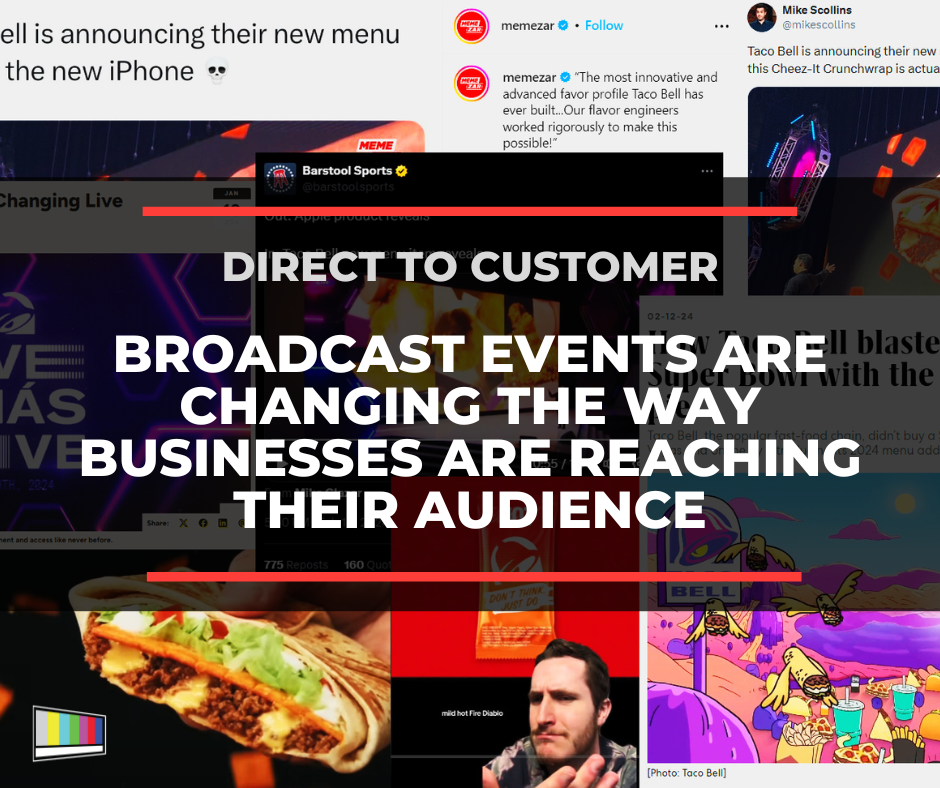
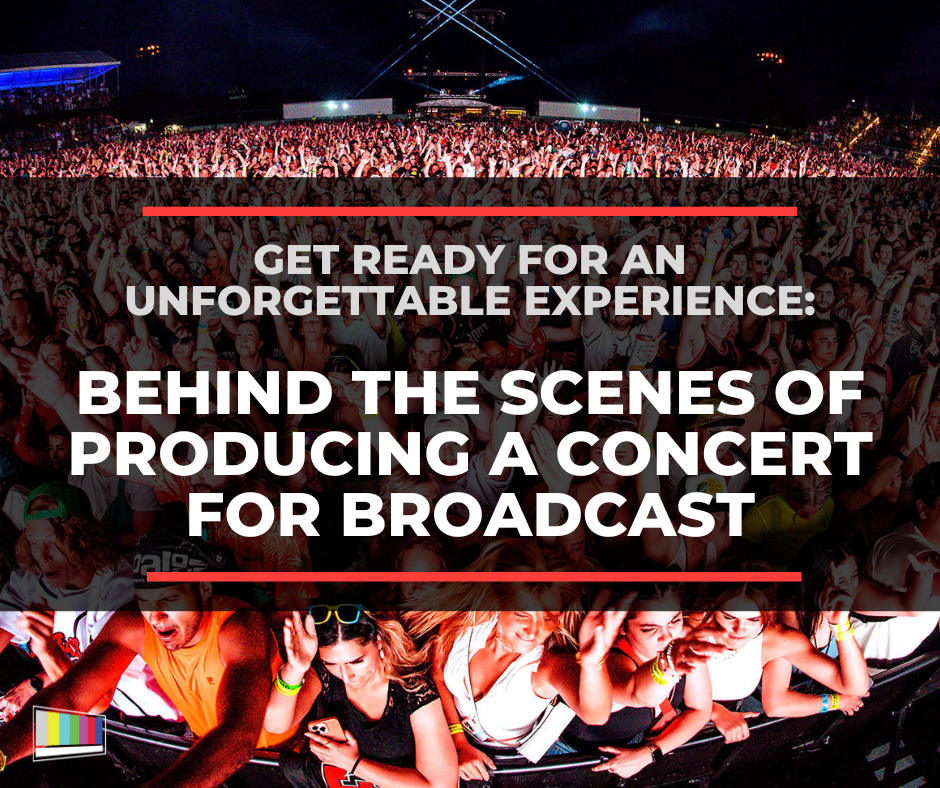
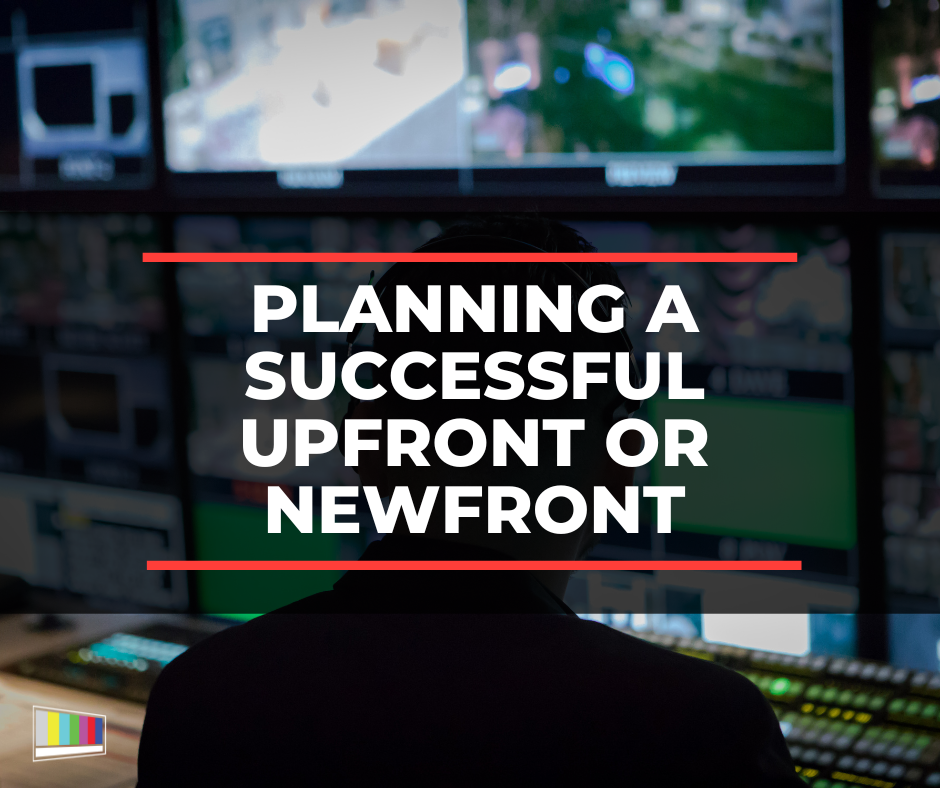


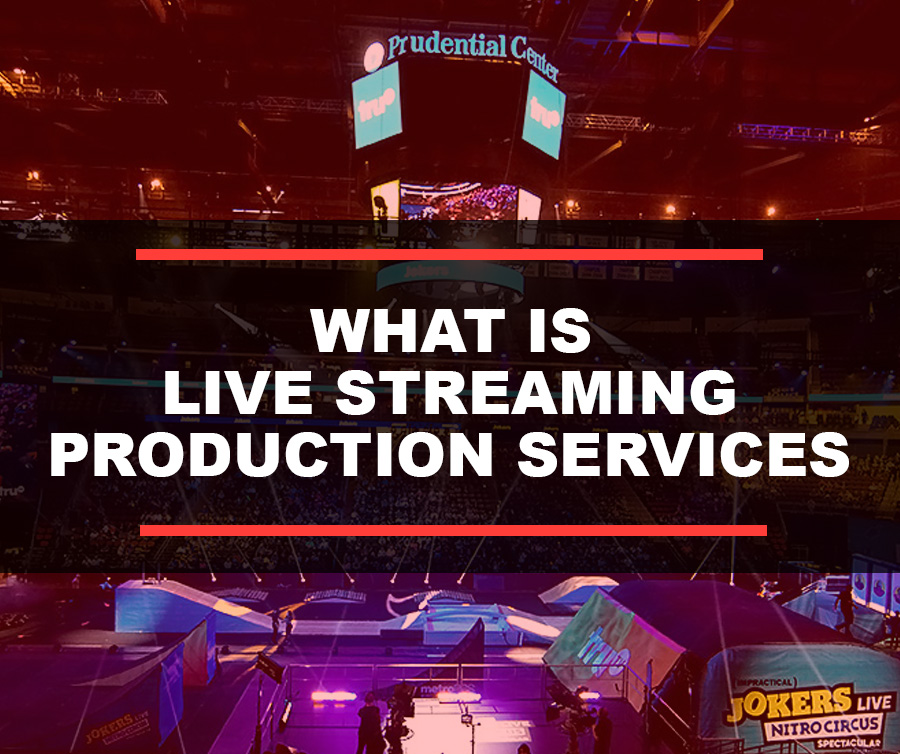

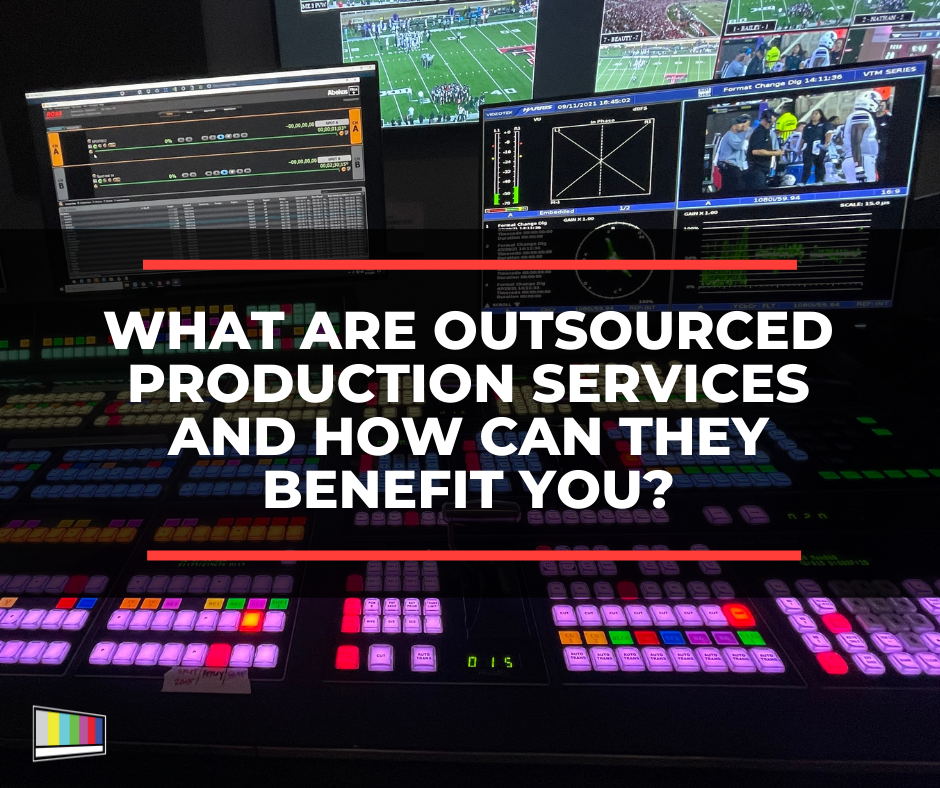



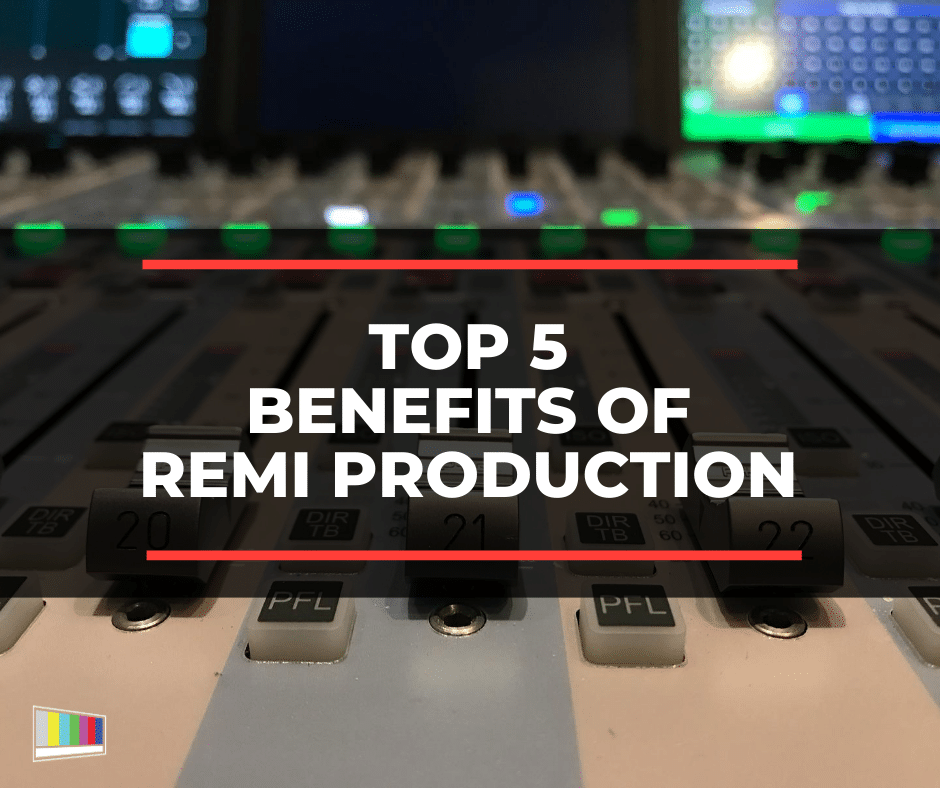
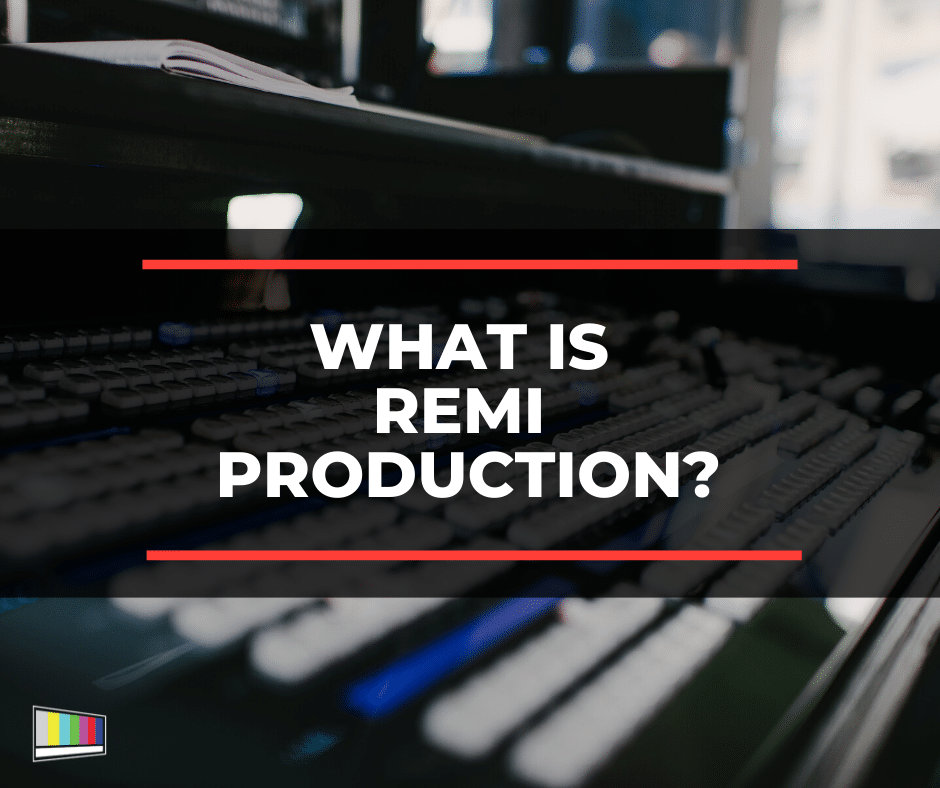
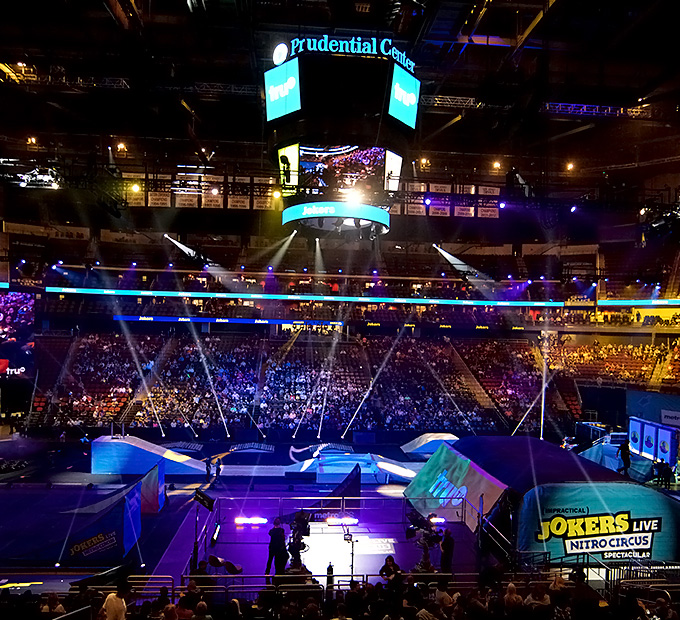
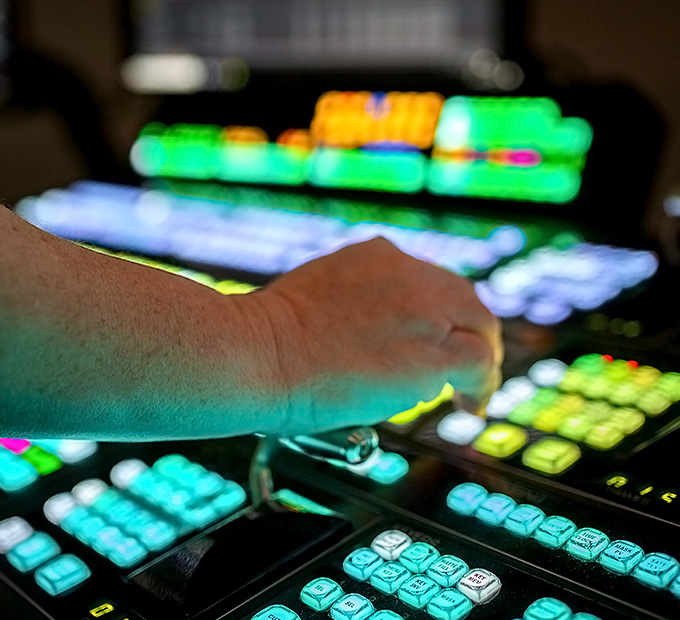
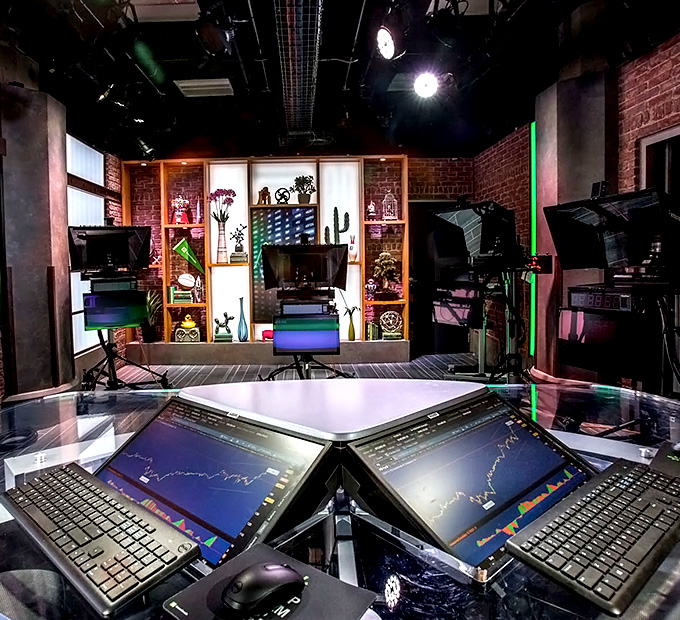


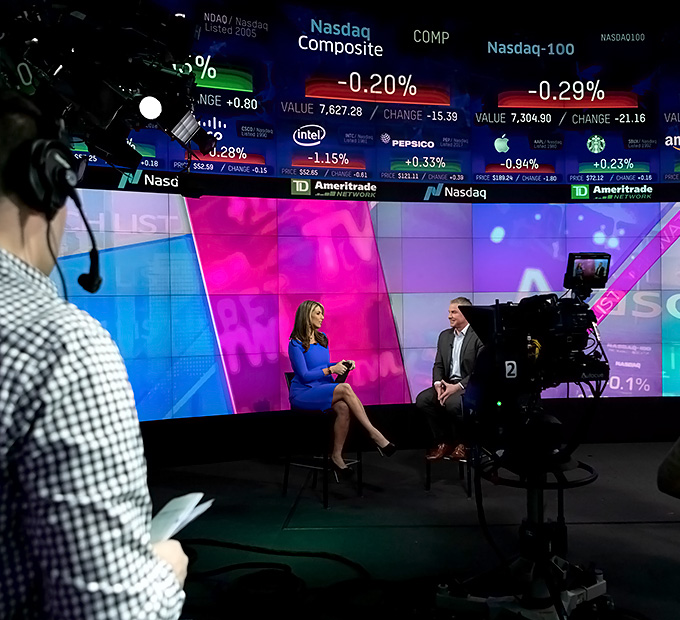
Leave a Reply